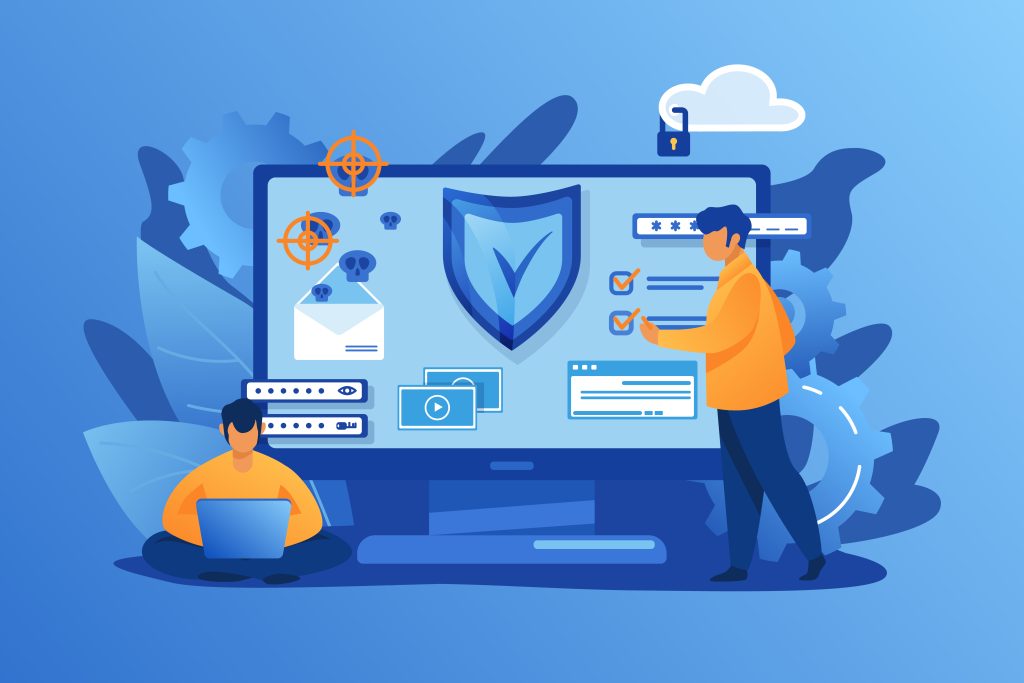
Malicious intrusion into users’ browsers is a common problem affecting an increasing number of people. With perpetrators producing new malware types each year, it is not surprising that the number of malware variants was almost 678 million in 2020. Browser hijacking malware has been one of the most widespread, so it makes sense to examine this technology in detail to know how to protect one’s computer.
Browser Hijacking Definition and Threats
Let’s begin by defining browser hijacking. This term refers to a form of hacking in which unwanted software changes the web browser settings without the user’s consent. Once it enters the computer, it can replace a homepage or search page and add annoying advertising pop-ups into the browser. The perpetrators’ main intention is to force users to use specific websites and advertisements, which allows them to obtain advertising revenues.
Browser hijackers make it challenging to use a browser. They can constantly redirect users to some specific webpage, add new bookmarks and favorites, bombard users with ad pop-ups, etc. People using computers regularly for their work and study can experience a real nightmare, as they cannot concentrate and search for the information online quickly and efficiently.
In addition, browser hijackers can be dangerous because they may also contain spyware. After attacking the computer, they allow hackers to access your sensitive and valuable data, such as photos, banking information, login data, social security number, etc. This software thus creates mounting problems, leaving users with a poorly functioning device and with no money.
In the most severe cases, when hackers use browser hijackers to steal social security numbers, users’ lives may be ruined as it’s tough to address the multiple consequences of identity theft. Identity theft is believed to be one of the top concerns for people around the globe, as the number of identity fraud cases has been increasing at an alarming rate.
How Browser Hijackers Infiltrate Computers
There is no single way for browser hijackers to enter a computer. The following means can be used:
- Malicious email attachments such as video files or links
- Downloading and installing browser extensions
- Downloading free software that contains a browser hijacker
Most of the time, people do not even realize that they download malicious software because they are not given a chance to read the terms and conditions. Browser hijackers come with no instructions or documentation, and there are no instructions on how to remove them from the device. As a result, an average user may be confused and require professional help to eliminate the malicious software. Luckily, deleting malicious software is not difficult if one knows what to do. The following section provides clear instructions on the manual removal of browser hijackers.
Things to Do to Protect One’s Computer
Browser hijacker removal is a quick task. If you use Windows, follow these steps:
- Press the Windows start button
- Find Control Panel
- Locate Programs
- Select the malicious software and click Uninstall
- Check whether there are recently downloaded programs that may contain the traces of the browser hijacker and uninstall them too
- Remove all unknown browser extensions
- Clean cache files

Image Credits: Freepik
For Mac users, the procedure is as follows:
- Go to System Information
- Find About This Mac
- Click Overview
- Find System Report and Software
- Click on Applications and find the most recent ones
- Look for recently added software that seems unfamiliar or suspicious and remove it
- Check computer startup settings and find the unwanted apps that open once you turn on the device
- Reset web browser settings and restart it
Both Mac and Windows users can also take advantage of antivirus software. High-quality paid software can detect the presence of browser hijackers and remove them. It can also notify users if the programs they are about to download look fishy. Do not trust free security software, as it may be less reliable, contain viruses, and cause even more damage.
More importantly, do not forget that you should always be a cautious Internet user and prioritize protection. Never download any suspicious files, and be careful when you install new programs. Read terms and conditions and check customer reviews before using any software.





